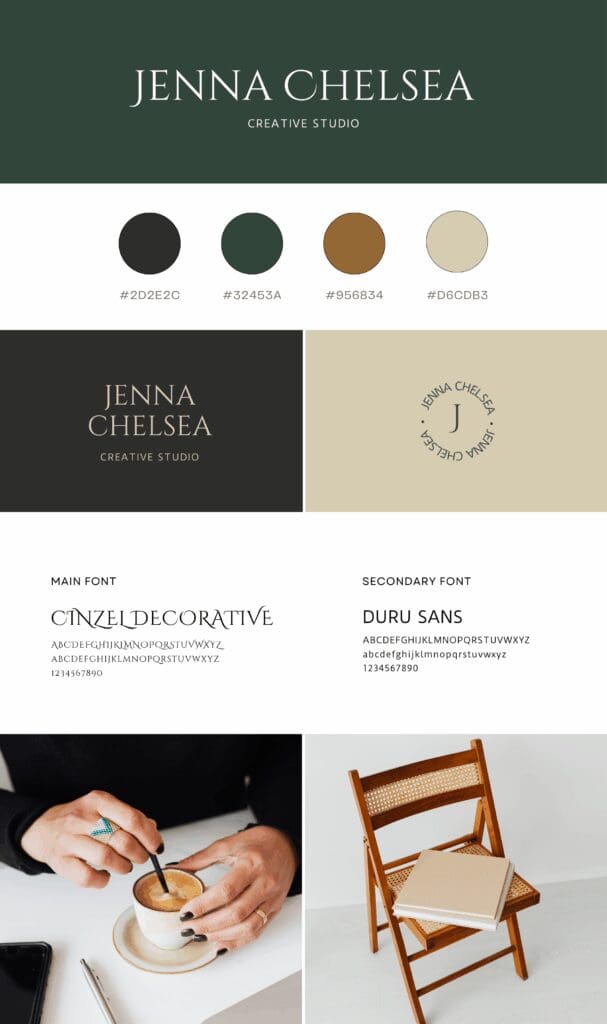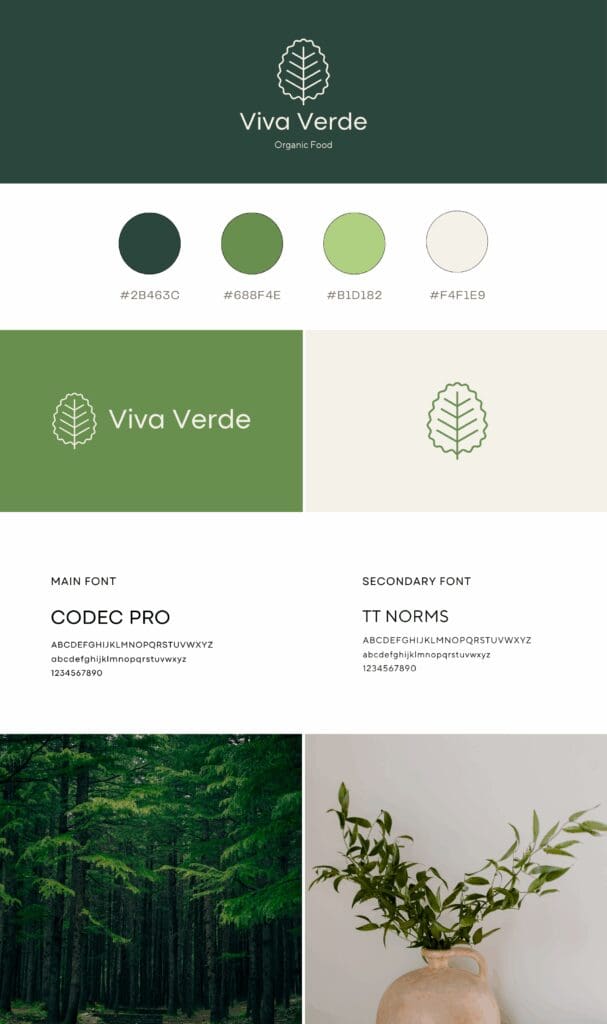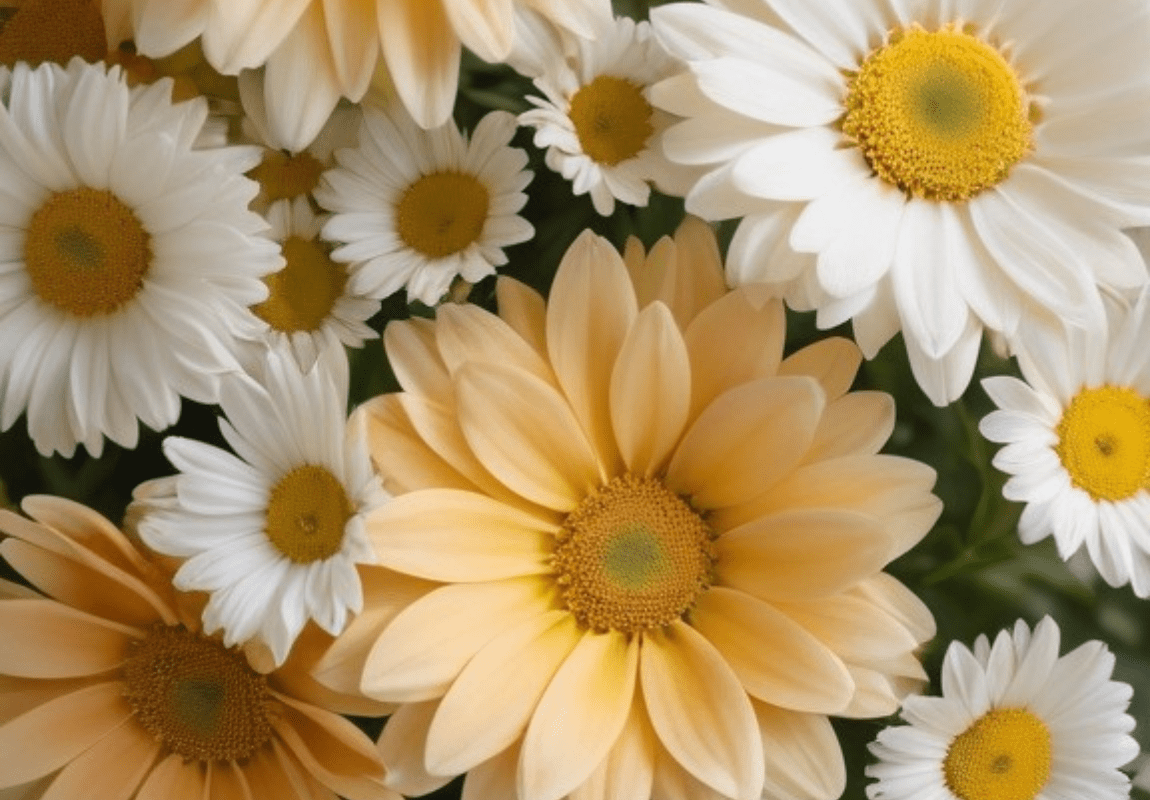If you’ve ever opened Canva, stared at a blank page, and thought, “I just want my brand to look… like me,” you’re not alone.
Branding can feel overwhelming – especially when you’re juggling a million other things in your business. You want your visuals to be consistent. Polished. Intentional. But figuring out how to get there? That’s where most people get stuck.
That’s why I created this post. To show you what a brand board is, why it matters, and how to start building one that feels aligned with you – not just Pinterest-pretty.
And yes, I’ve also included 35 ready-made brand boards to help you get inspired and moving forward (no design degree required).
Let’s make branding feel a little less like guesswork and a lot more like progress.
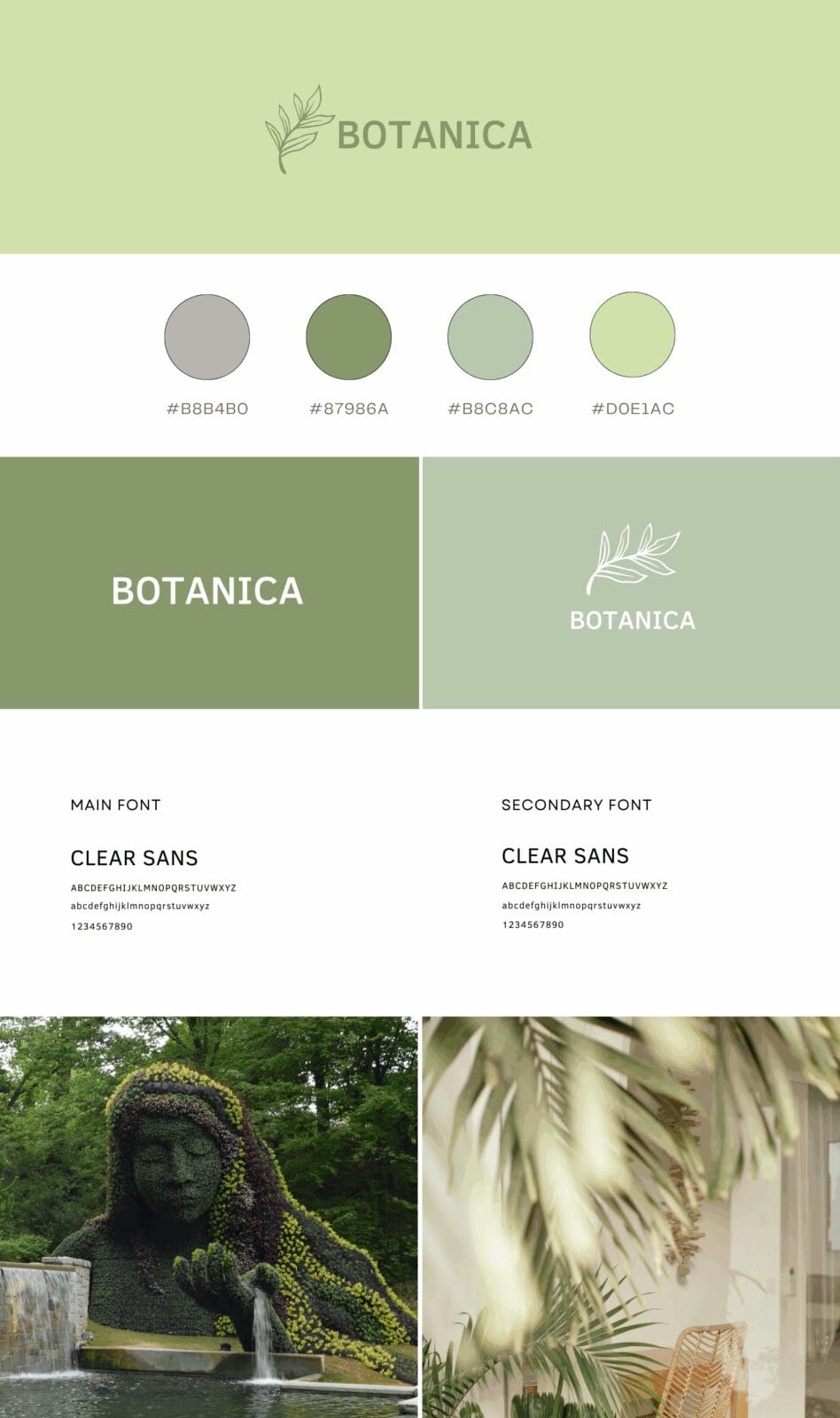

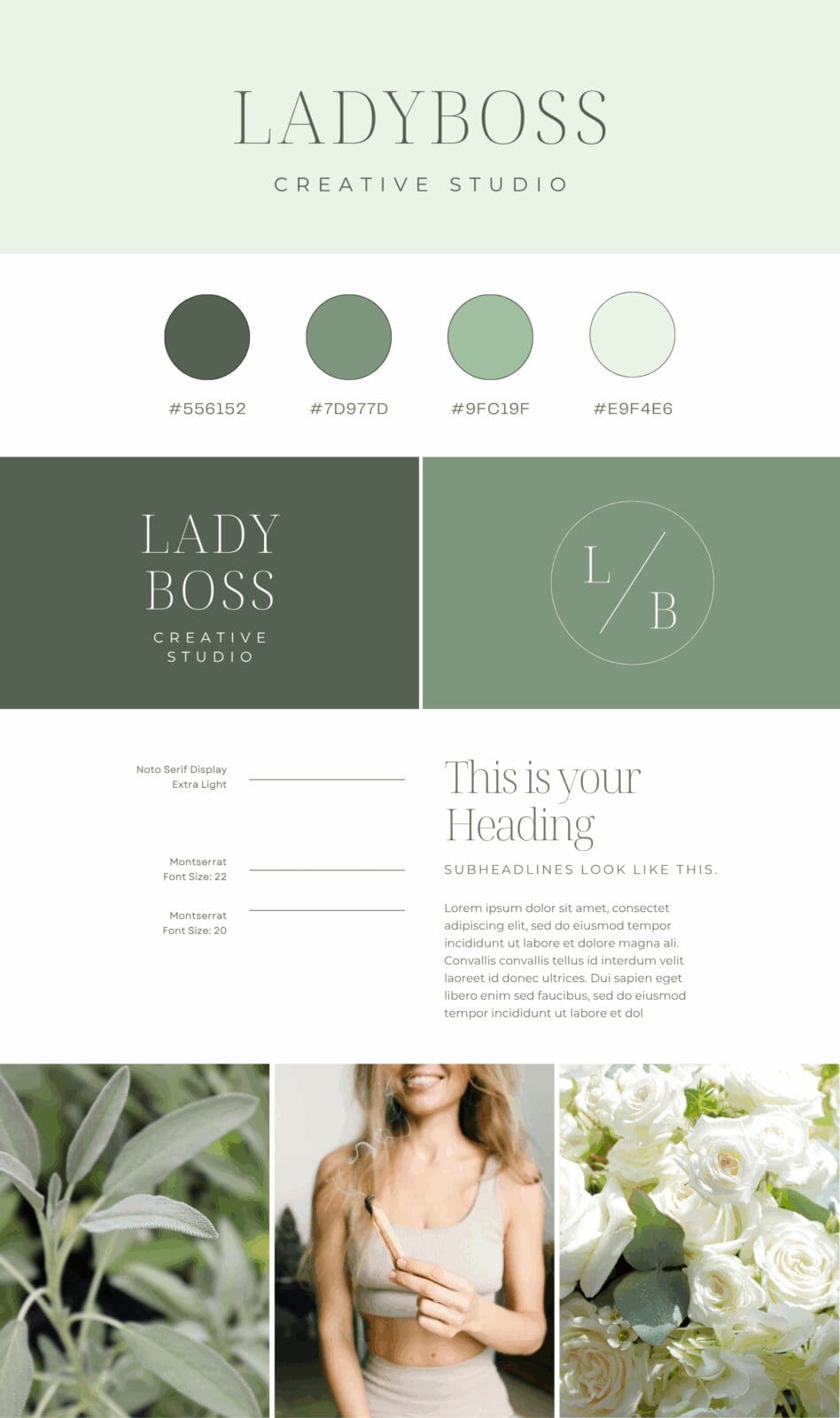
What Even Is a Brand Board?
Let’s keep it simple: a brand board is a one-page visual snapshot of your brand identity. It includes:
- Your logo and submark
- A curated color palette
- Your go-to fonts
- Some mood imagery or textures that reflect your vibe
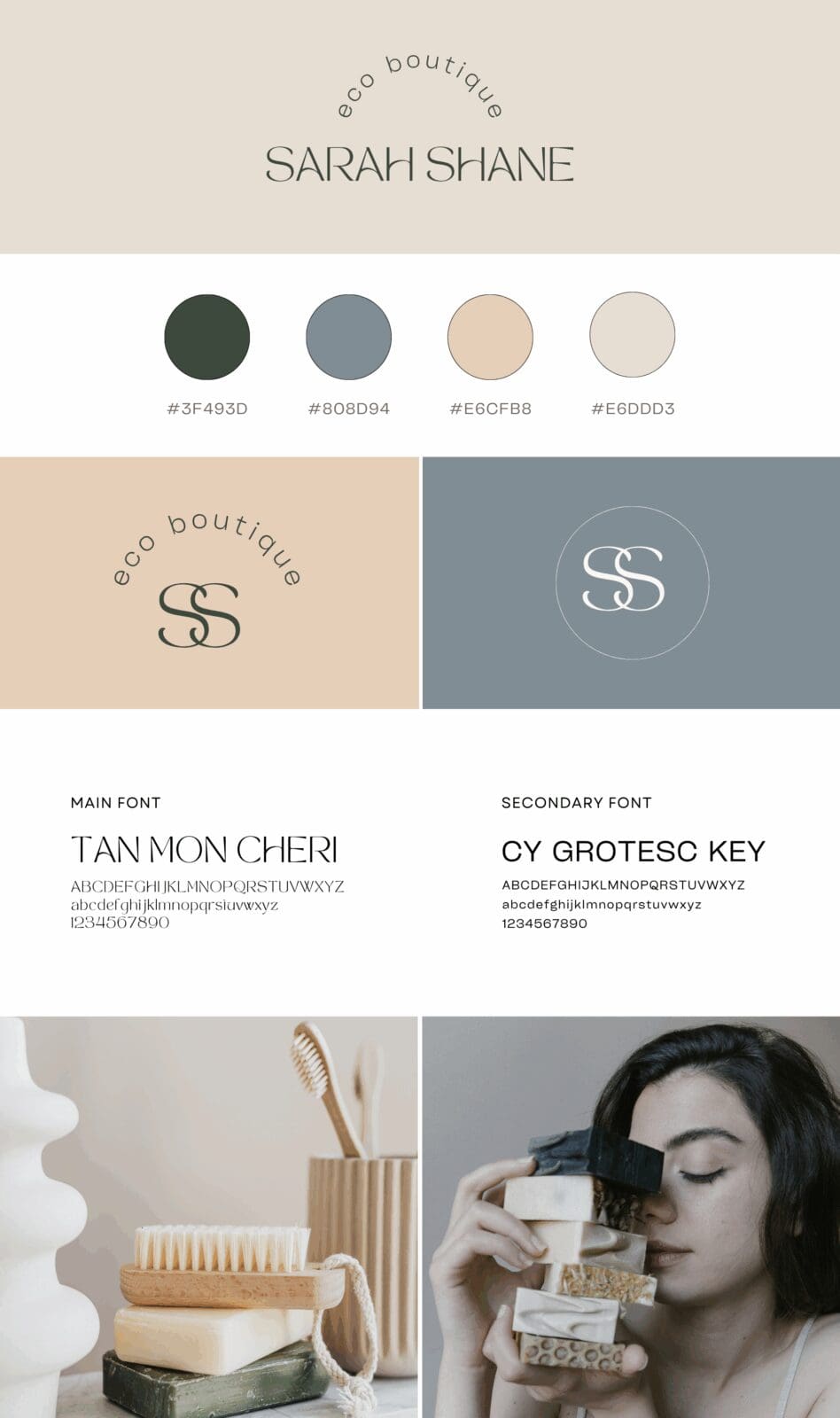
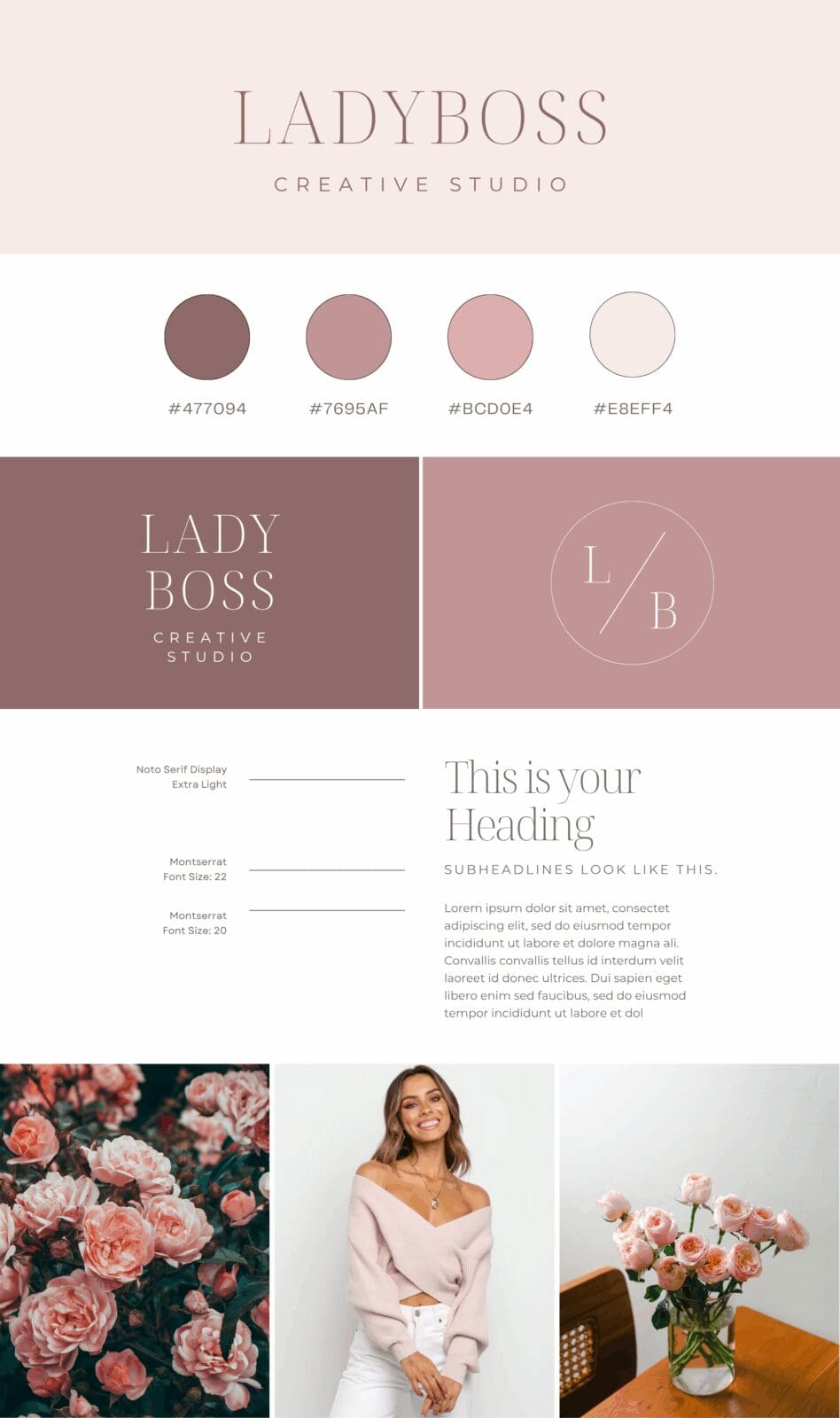
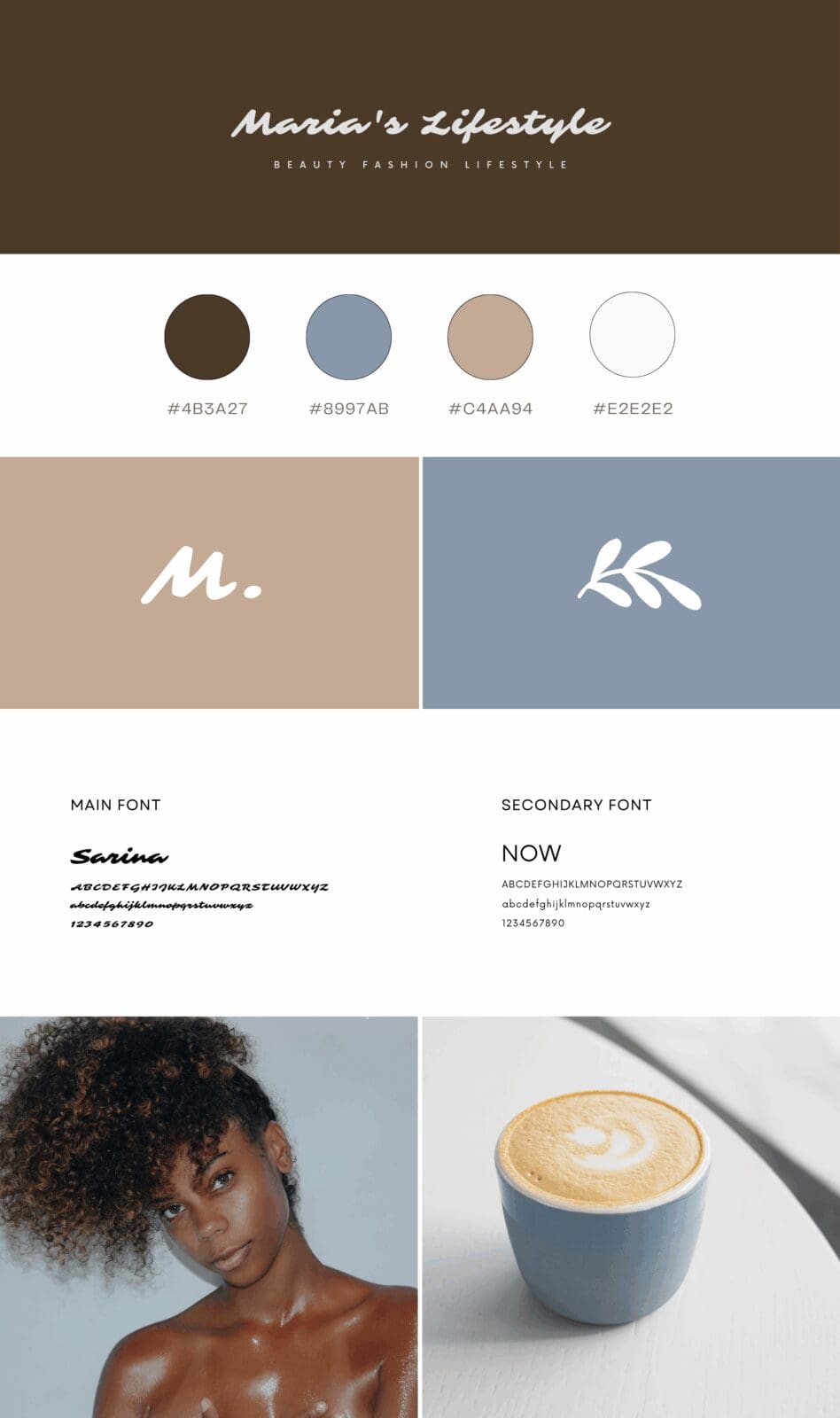
You might also hear it called a brand mood board or a brand inspiration board. It’s not a full brand manual (that comes later), but it gives you a solid starting point – and honestly, that’s all most entrepreneurs need to feel confident and consistent.
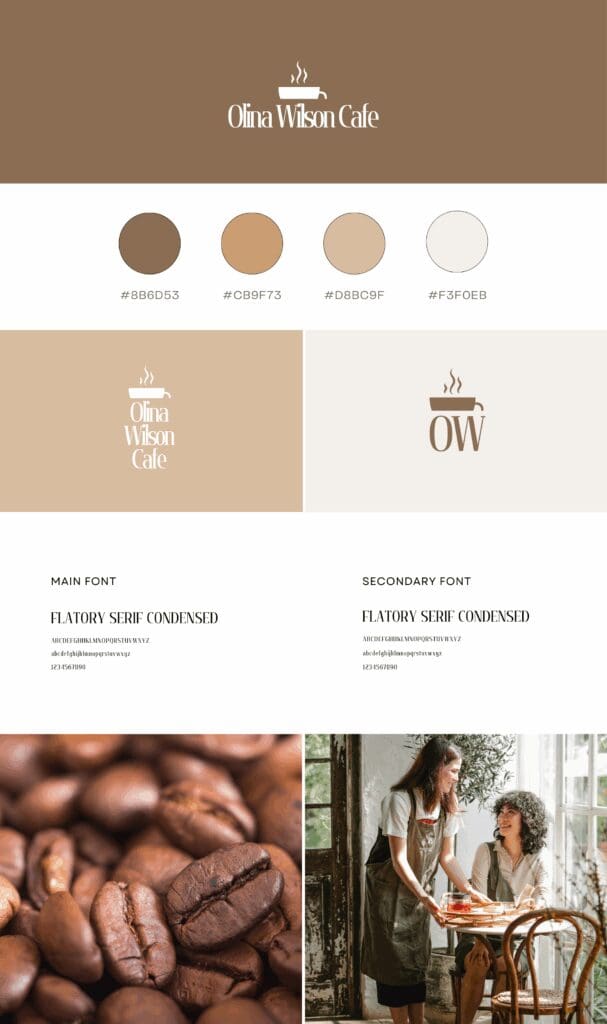
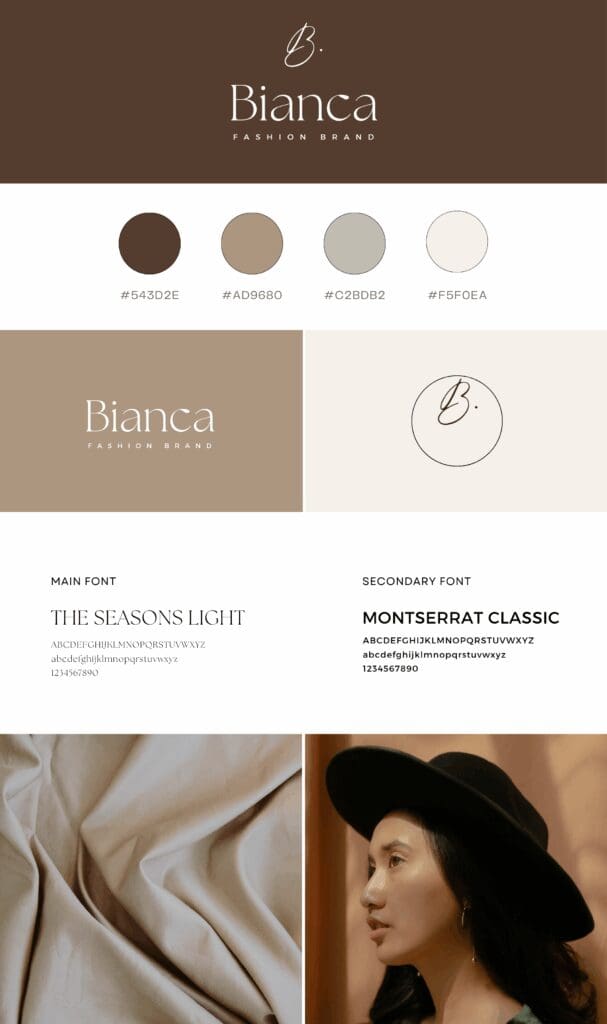
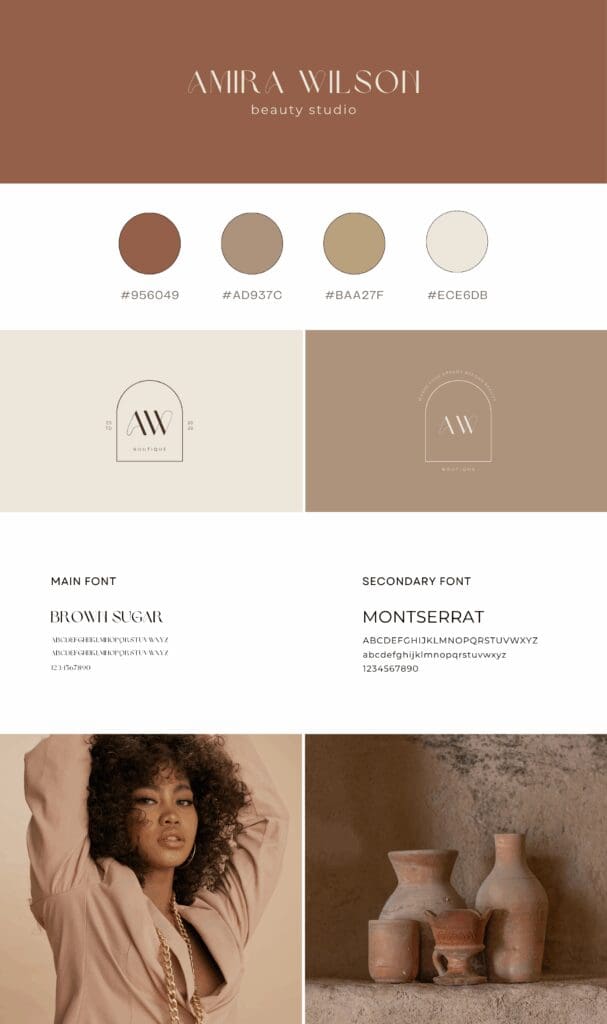
Why You Actually Need One
Brand boards aren’t just for designers or big companies. They’re for anyone who wants their business to feel consistent and intentional.
Without one, it’s easy to bounce between colors, switch up fonts, and lose that sense of identity. One week your Instagram looks soft and minimal, the next it’s bright and bold – and your audience has no idea what to expect.
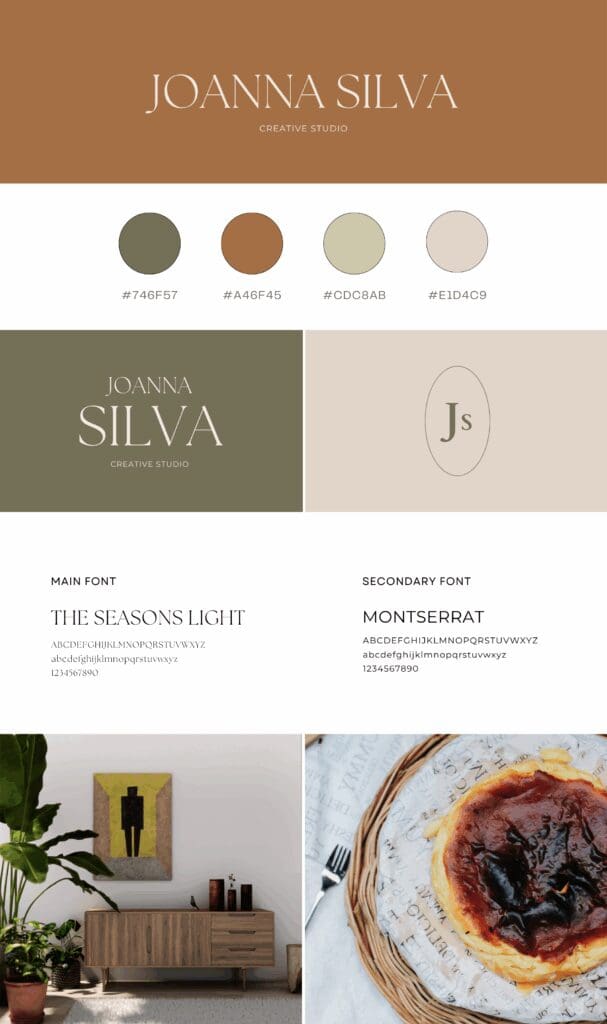
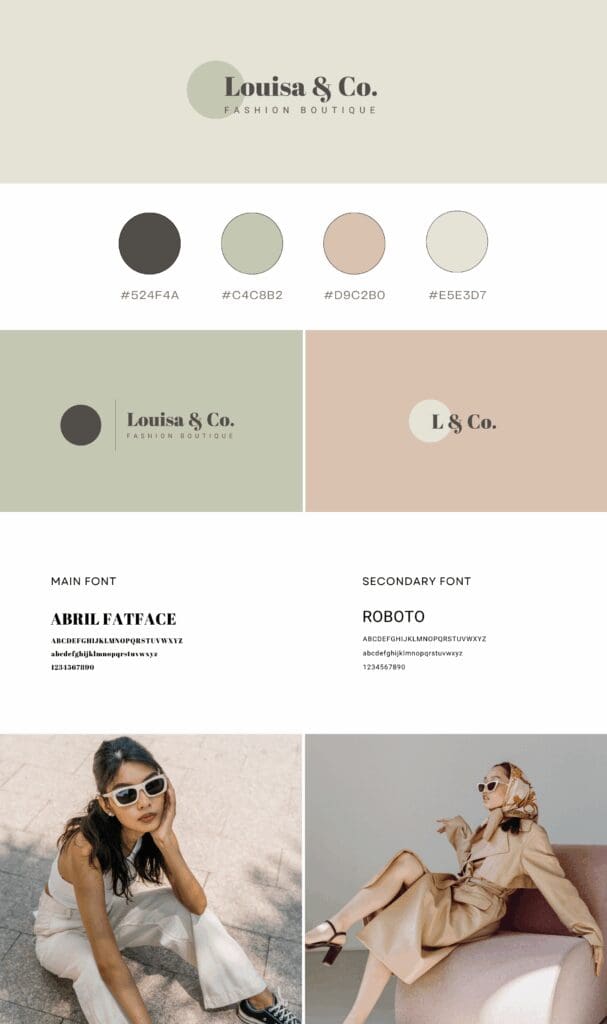
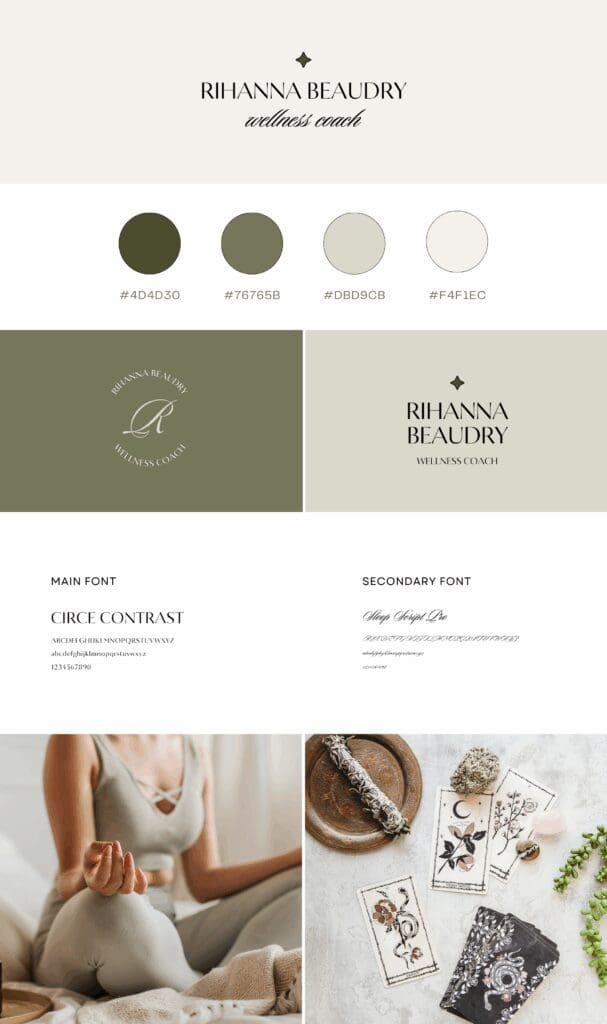
A brand board acts like your visual anchor. It keeps your brand steady and recognizable across all platforms.
It also saves time. Instead of wondering what to use for every new graphic, you already have your answers in one place. That means faster content creation and way less decision fatigue.
And when you do bring in help (like a VA, designer, or copywriter) it becomes your communication tool. Everyone’s on the same page, literally.
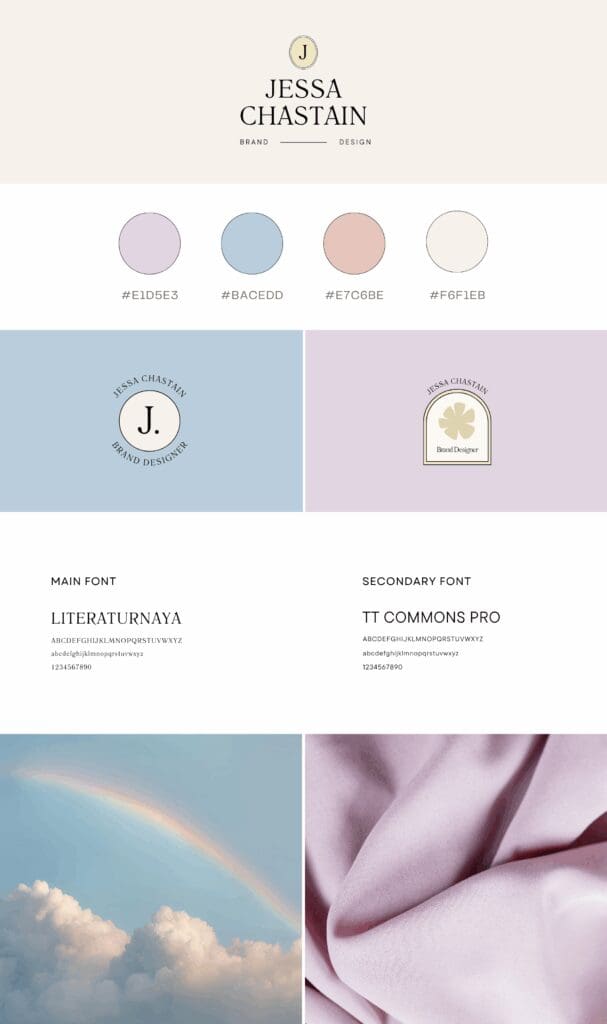
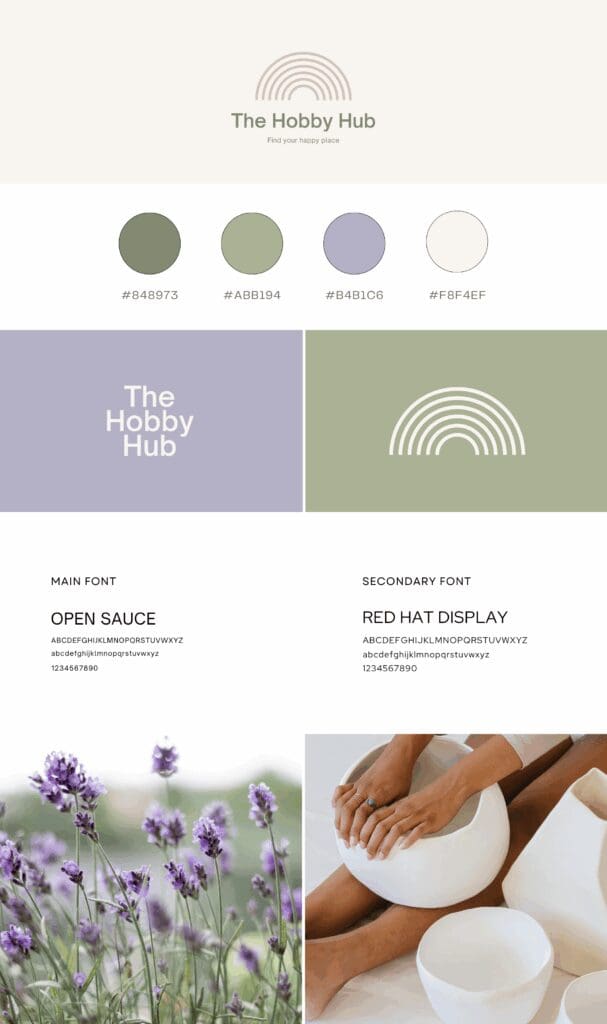
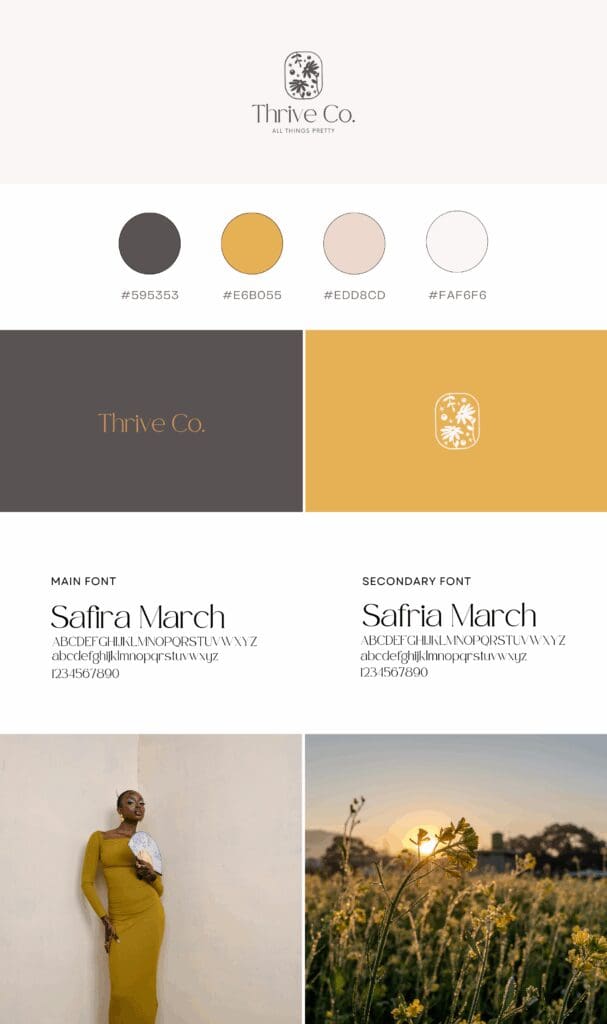
Choosing a Brand Board That Fits Your Business
Not every aesthetic is going to work for your brand – and that’s a good thing.
Here are a few things to think about as you explore different styles:
- Your brand’s personality: Are you bold and outspoken? Calm and grounded? Playful and fun?
- Your audience: What do they connect with visually?
- Your content platform: Instagram, a blog, physical packaging – each one has different visual needs.
- Your long-term vision: Choose something you’ll still love 6 months from now, not just what’s trendy today.
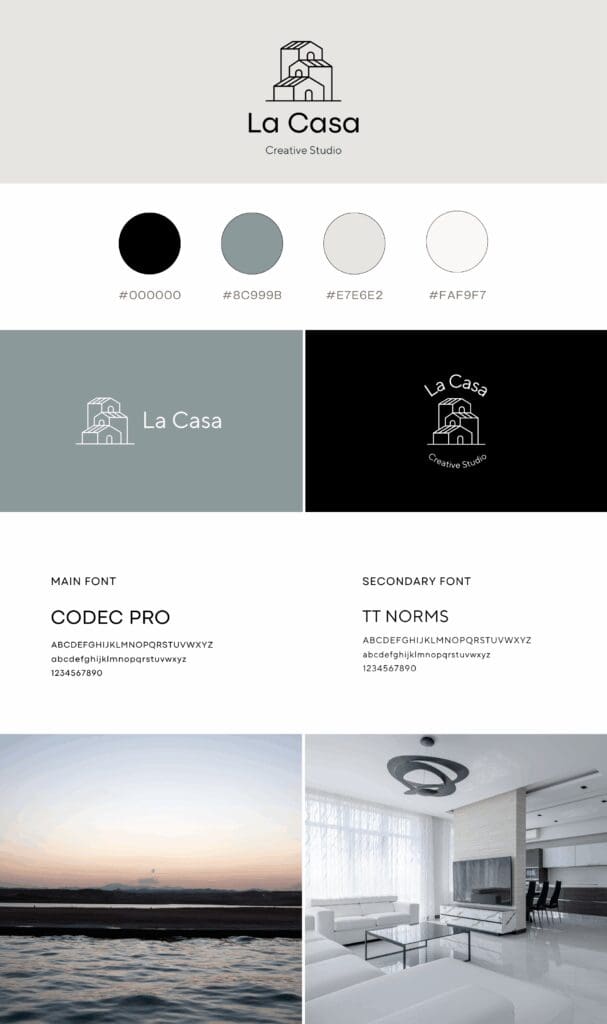
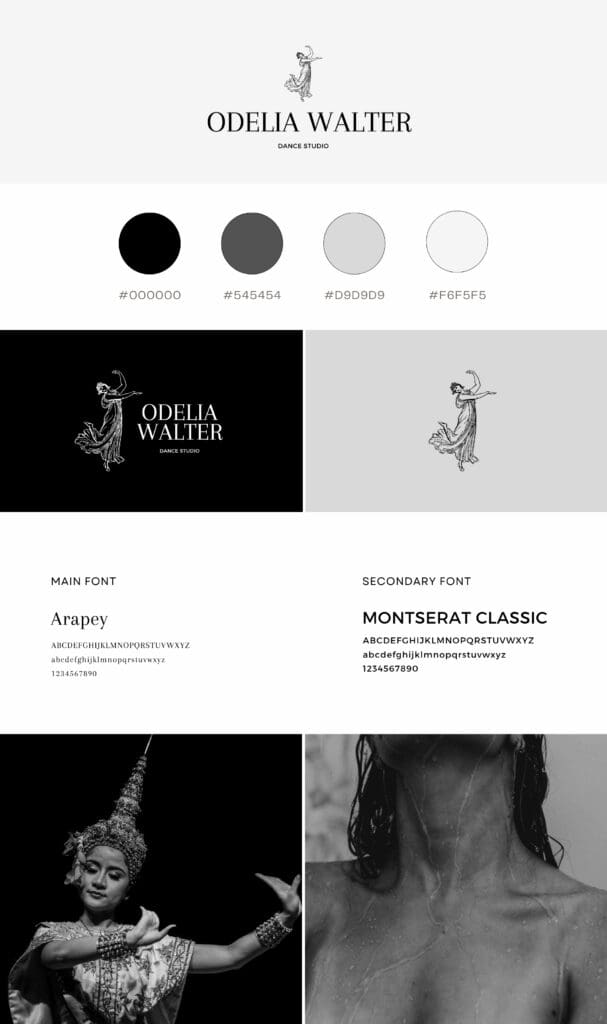
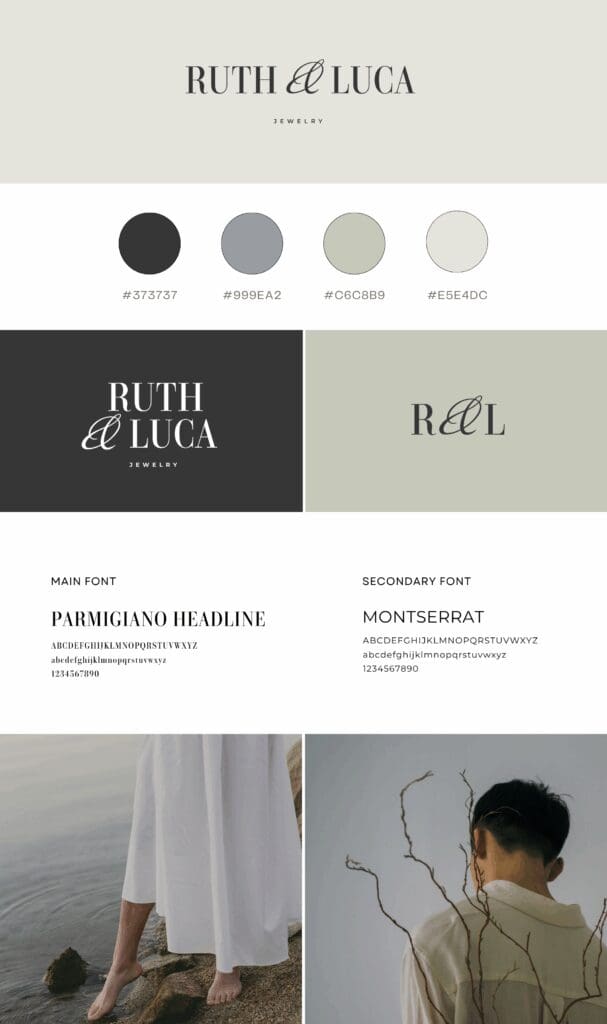
Start by asking yourself how you want people to feel when they come across your brand. The right visuals will support that feeling – without you having to say a word.
How to Build a Brand Board That Feels Like You
Pretty is fine. But personal is better. The best brand boards are the ones that actually reflect the heart of your business – not just what’s trending on Pinterest.
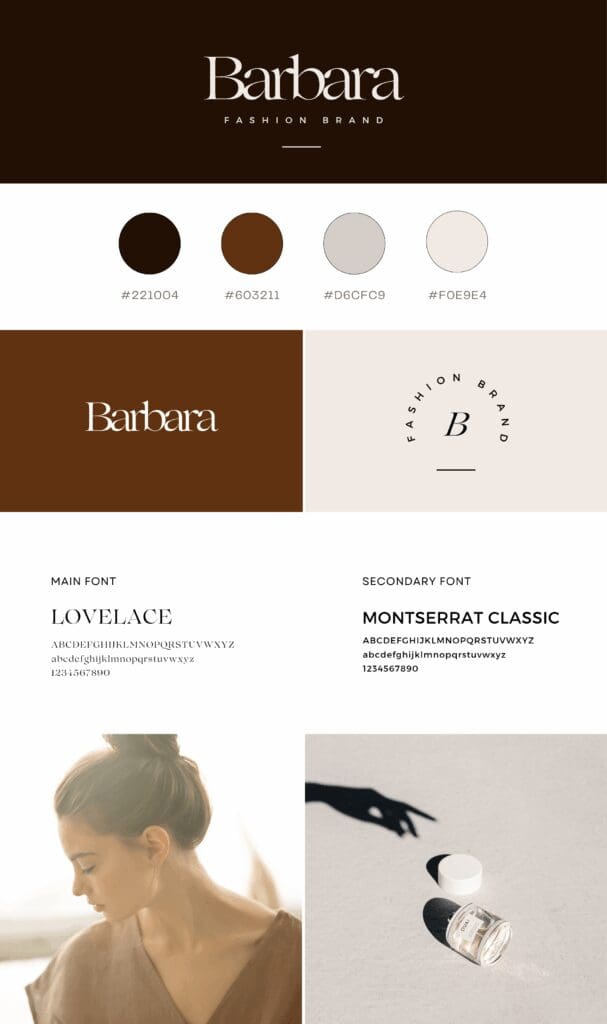
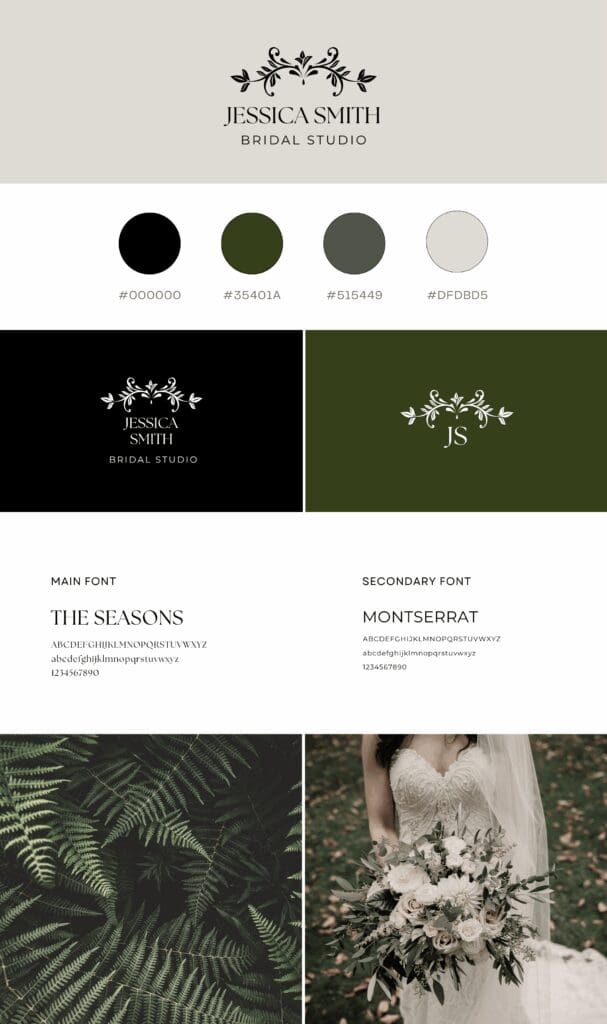
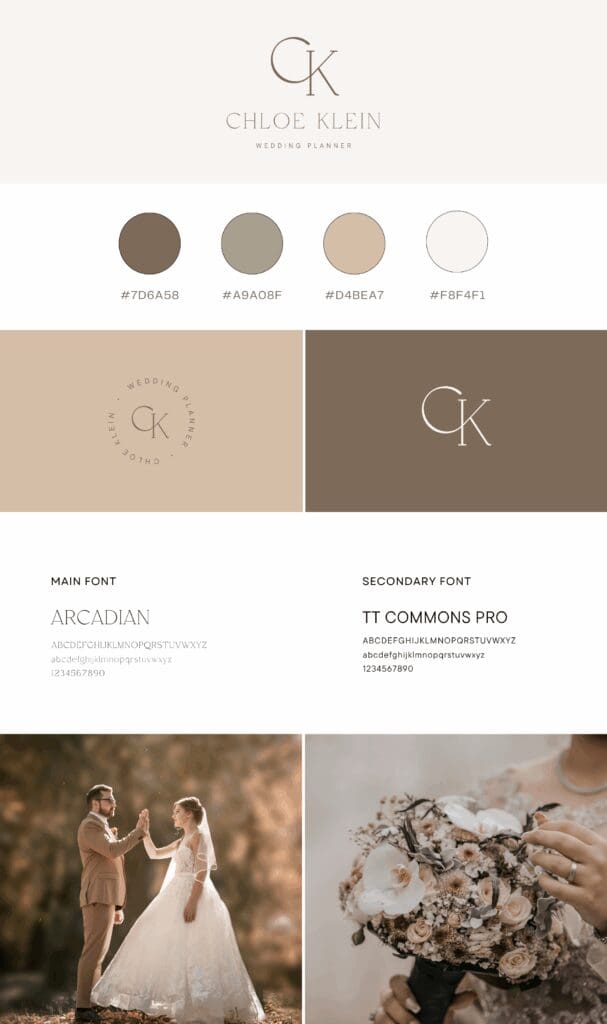
Start with Your Values
Before you think about colors or fonts, think about what matters most to you. Do you value simplicity? Connection? Playfulness? Bold leadership? Your visuals should support those ideas. For example, if your brand is about grounded living, soft neutrals and natural textures might feel more aligned than loud neon and sharp lines.
Choose Colors That Reflect Emotion
Color psychology is real. Blues tend to feel calm and trustworthy. Warm tones like terracotta or mustard can feel cozy and welcoming. Dark jewel tones might feel more dramatic and high-end. Ask yourself how you want people to feel when they come across your content, and let that guide your palette.
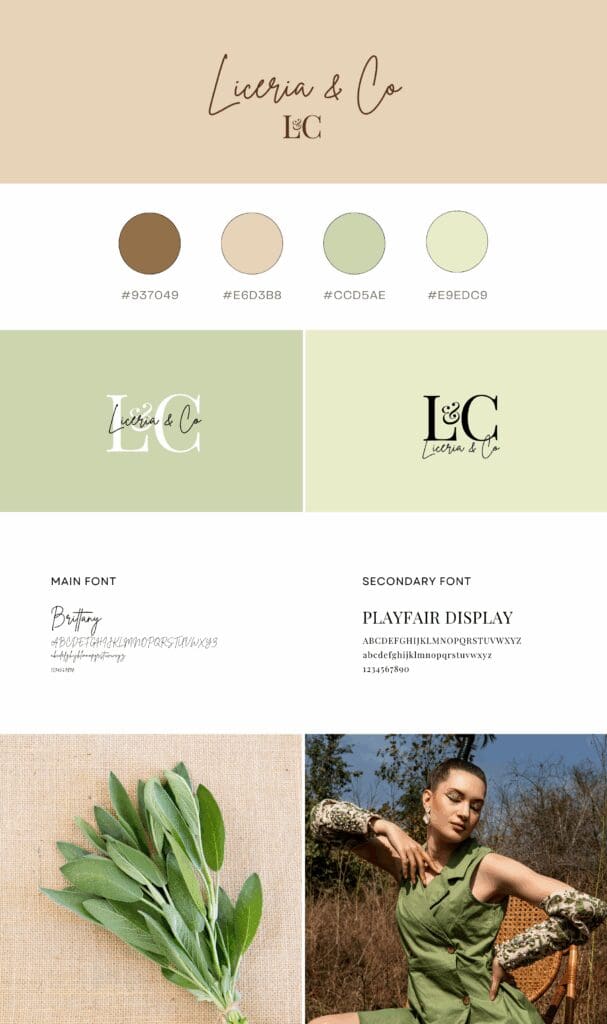
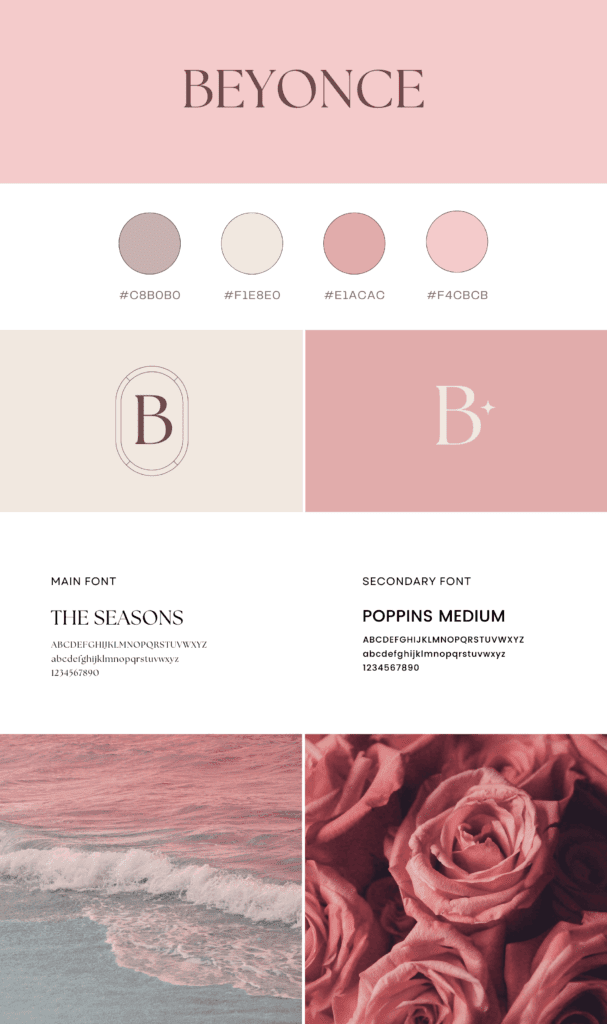
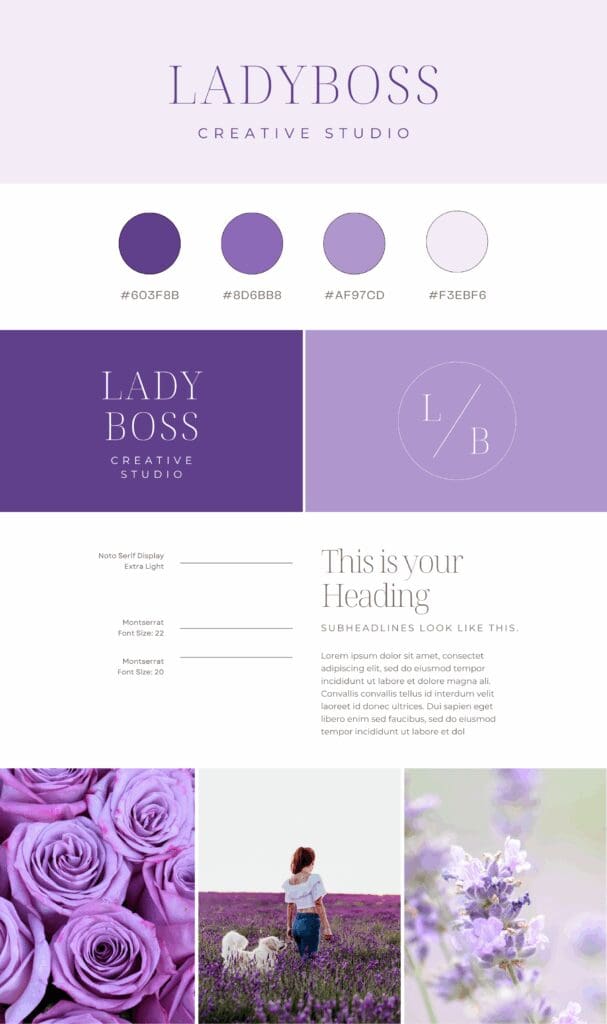
Use Images That Tell Your Story
The mood images you include don’t need to be literal – but they should connect to your message. Maybe it’s a cozy workspace, an overhead flat lay, or an abstract background. Choose photos or textures that support the world you’re creating through your brand.
Pick Fonts That Match Your Voice
Fonts carry personality. A soft handwritten script feels very different from a bold sans serif or an elegant serif. Ask yourself: is your tone more casual and warm? Polished and confident? Feminine and creative? Your fonts should help express that voice.
And here’s the truth: it doesn’t have to be perfect. You don’t need to agonize over every detail. Start with something that feels mostly right. You can always refine it later. The point is to get something in place that helps you move forward.
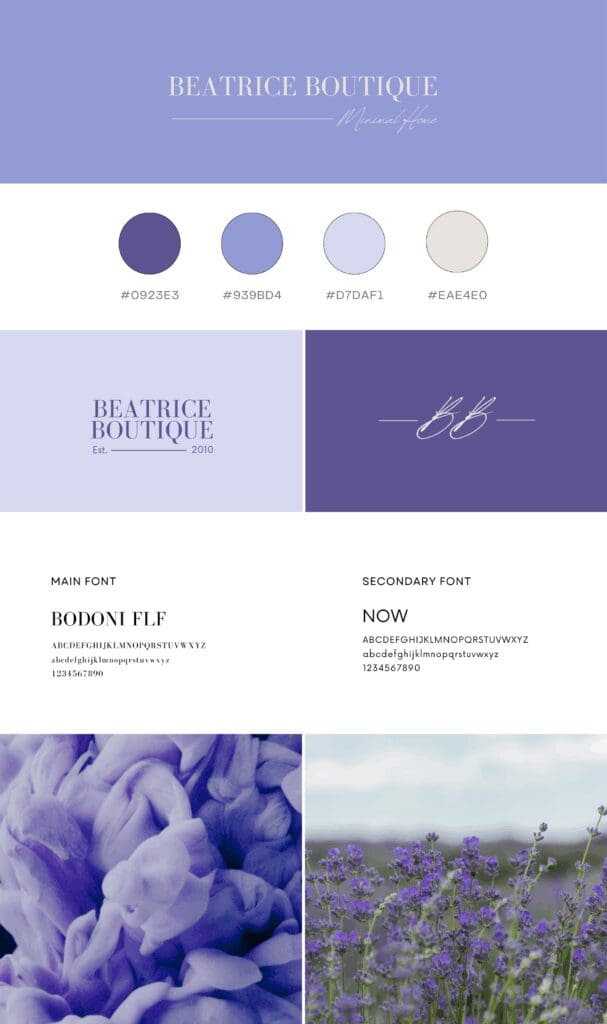
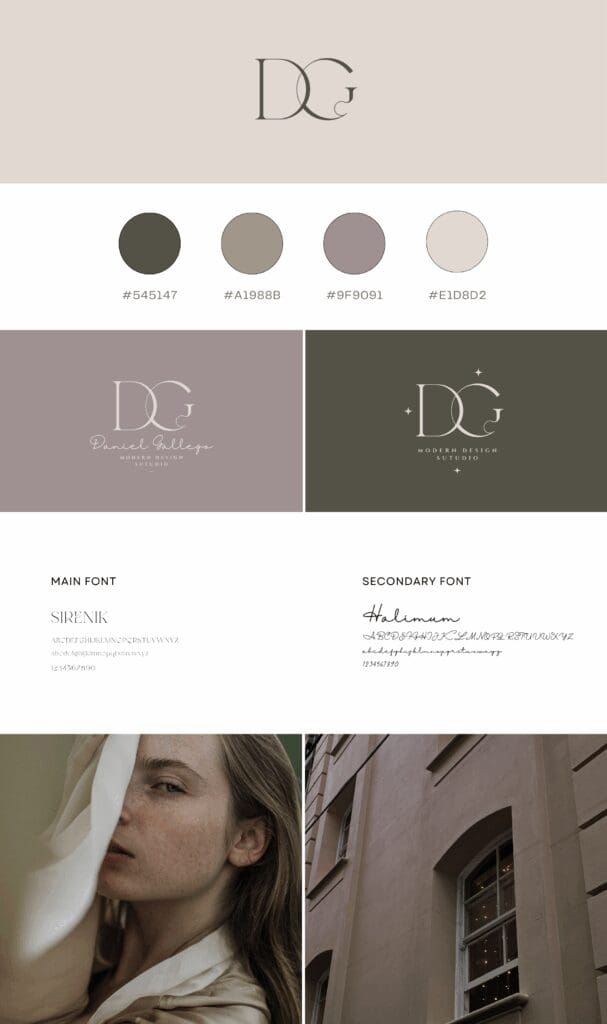
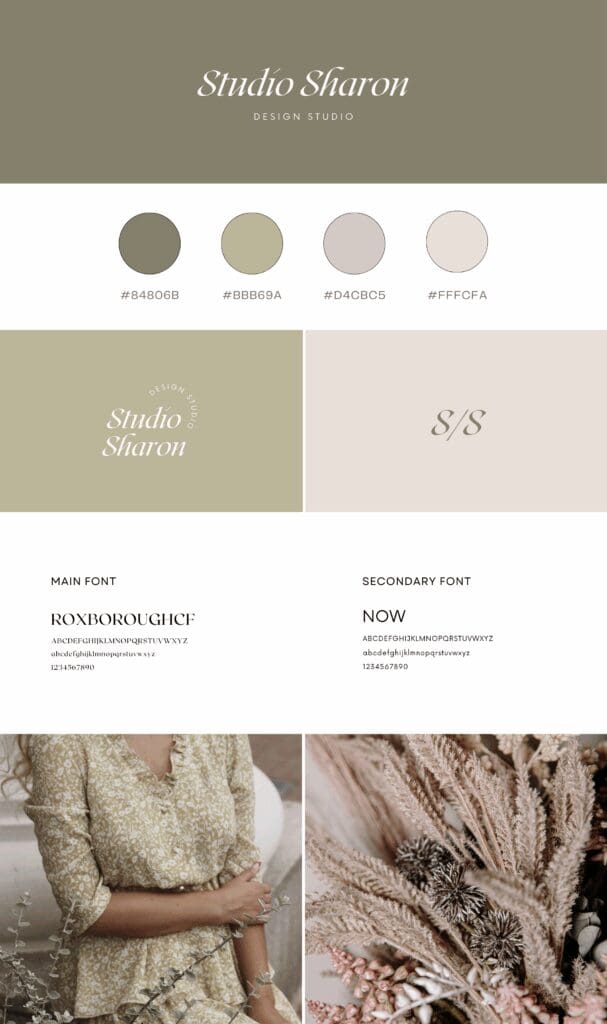
What to Do Once You Have a Brand Board
A brand board only helps if you actually use it. So don’t just download it and forget about it in a folder somewhere.
Start by uploading your colors and fonts into Canva (if you haven’t already). This makes it easy to apply them to your templates, social graphics, or any marketing materials without having to look them up every time.
When you design something – an Instagram post, a lead magnet, even your email signature—glance at your brand board first. Let it guide your choices so everything stays cohesive.
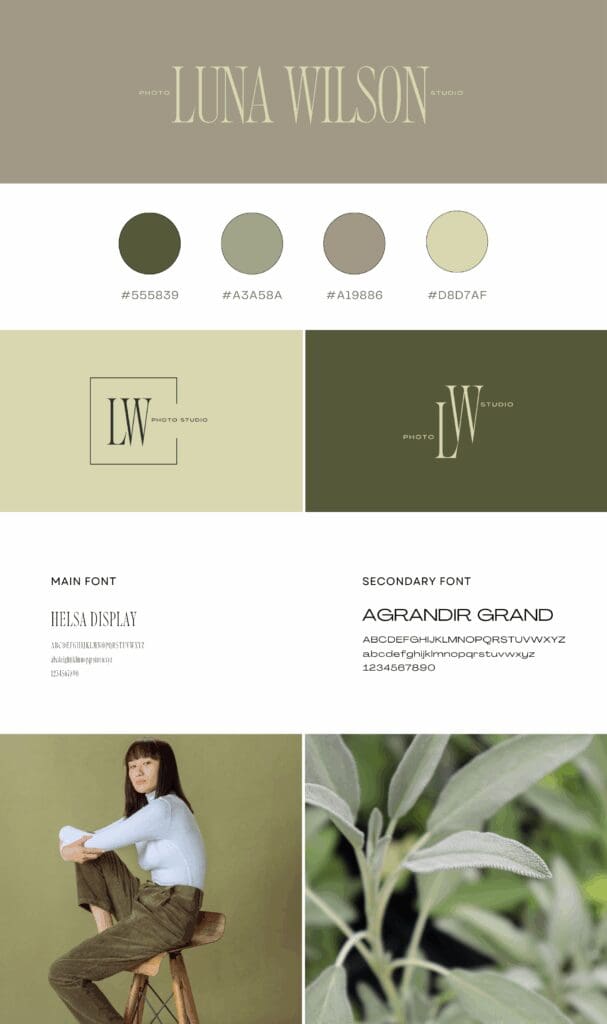
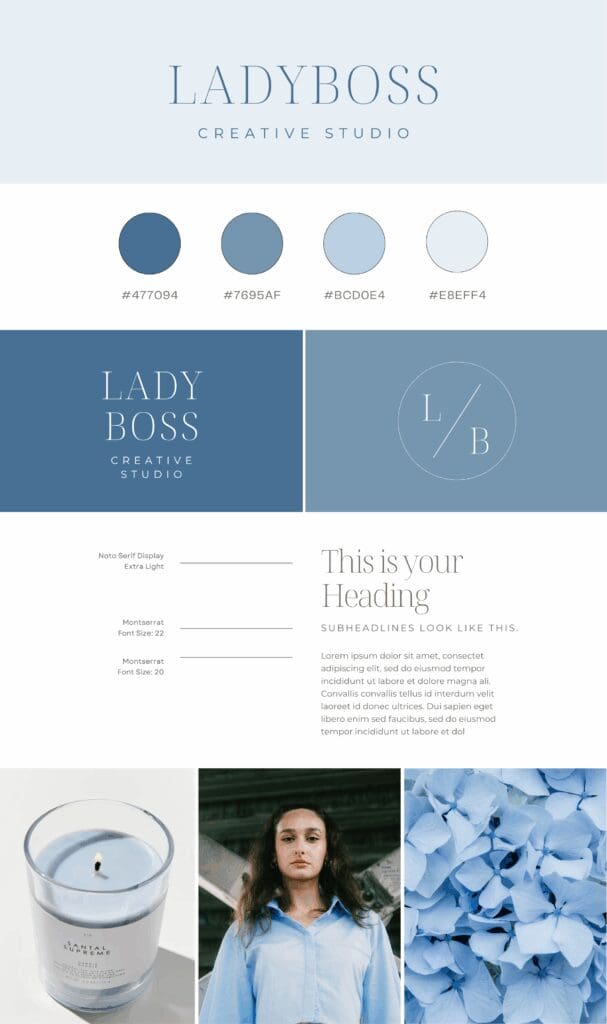
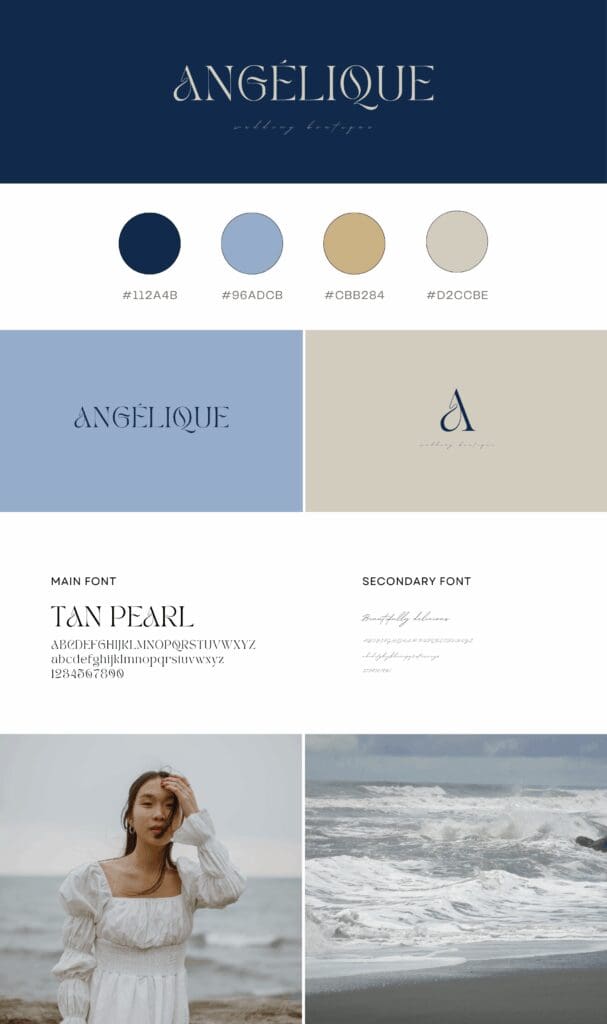
Over time, this consistency builds trust with your audience. You become instantly recognizable, and that familiarity is what helps people feel connected to your brand.
Also: your brand board makes delegating so much easier. If you hand it off to someone else, they’ll immediately understand the look and feel of your business. You won’t have to explain it every time.
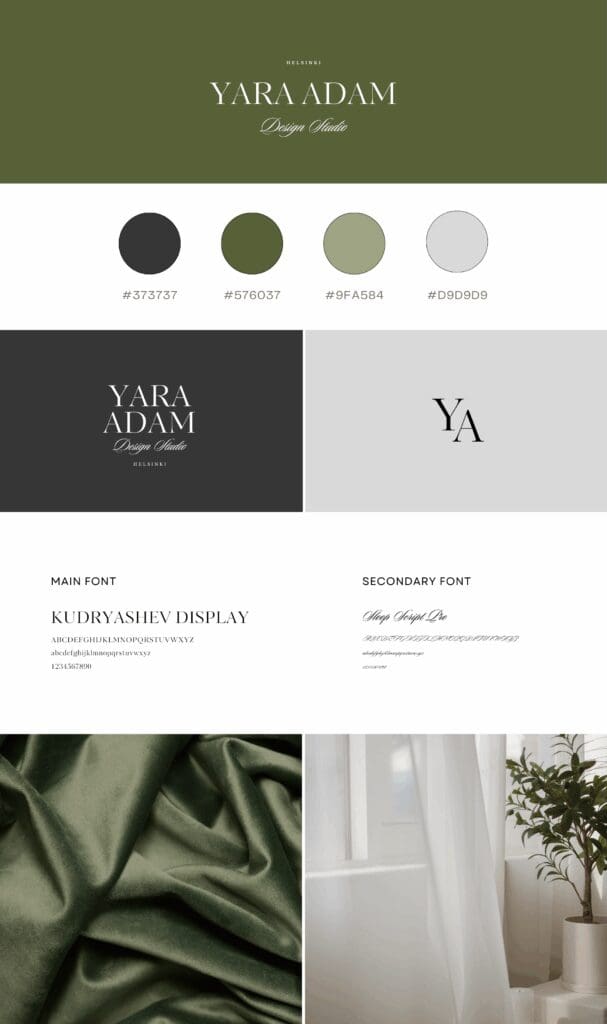
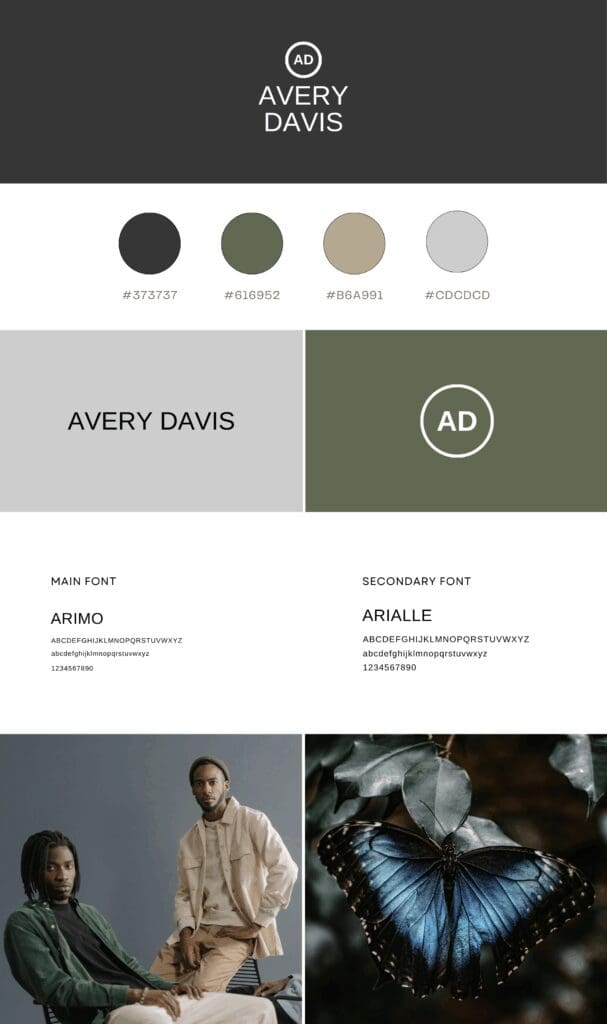
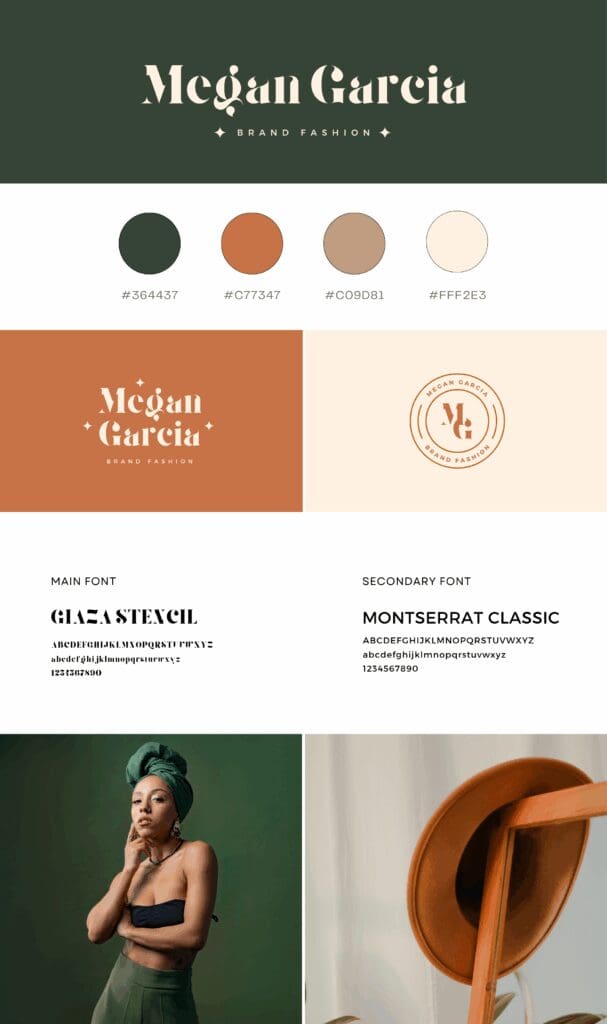
Your Brand Deserves to Be Seen
You don’t need to hire a fancy agency or spend weeks rebranding. You just need a starting point that feels aligned and intentional. A brand inspiration board can help you do exactly that – without the overwhelm.
So if you’ve been on the fence, consider this your friendly nudge. Pick a board that speaks to you. Make it your own. Or build one from scratch with purpose and clarity. Either way, you’re taking the kind of step that adds up over time.
You’ve built something meaningful. Let’s make sure it looks like it, too.
